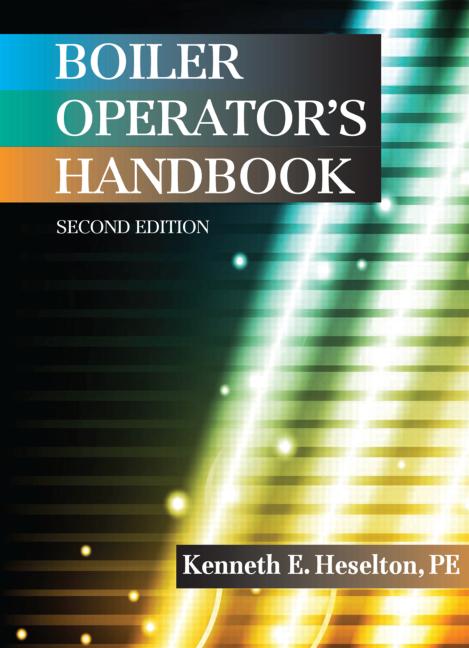The effects of Japan’s devastating earthquake and tsunami last week will be felt for years to come. The National Institute of Building Sciences urges the United States to take this tragedy as a wake-up call to ramp up this nation’s preparedness efforts.
“The tragedy in Japan is a harsh reminder that our communities and citizens need to be more proactive in preparing for potential disasters,” said Chairman Jim. W. Sealy, FAIA, of the Institute’s Board of Directors. “The United States has floods, wildfires, hurricanes, earthquakes, tornadoes, tsunamis, terrorism and a bunch of other threats. It’s important that people and jurisdictions examine the potential risks for their area of the country, prepare for the realistic possibility of a disaster and take steps to reinforce their homes and businesses as needed to protect their families and communities.”
The National Institute of Building Sciences, which works to improve building safety in the United States, has vast experience on the subject of emergency preparedness.
With funding from the Federal Emergency Management Agency (FEMA), the Institute’s Building Seismic Safety Council (BSSC) develops the seismic safety provisions used by the National Earthquake Hazards Reduction Program (NEHRP). These provisions are used by U.S. codes- and standards-development organizations as technical resources for earthquake-resistant building design and construction in many jurisdictions.
The Institute’s Multihazard Risk Assessment Program produced the earthquake, riverine flooding and hurricane wind models for FEMA’s HAZUS software program, which emergency managers around the country use to prepare for disasters and estimate the potential impact on their communities.
The Institute’s Multihazard Mitigation Council (MMC) conducted an independent study for Congress funded by FEMA. The resulting report, Natural Hazard Mitigation Saves: An Independent Study to Assess the Future Savings from Mitigation Activities, concluded that every dollar spent on mitigation saves four dollars in avoided future losses. The report, released in 2005, has since been cited numerous times by the media and other sources.
In the report, the MMC Board of Direction recommended:
Investing in natural hazard mitigation as a matter of policy on an ongoing basis, both before disasters occur and through federally funded disaster recovery and rebuilding activities and programs;
Supporting mitigation activities that will increase the resilience of communities by increasing knowledge and promoting institutional commitments to mitigation at the local level; and
Supporting ongoing evaluation of mitigation by developing a structured process for assessing the performance of buildings and infrastructure after all types of natural disasters and by measuring the benefits that accrue from process mitigation activities.
The MMC concluded that mitigation is most effective when it is carried out on a community-wide, long-term basis. Single projects can help, but carrying out a slate of mitigation activities over time is the best way to ensure that communities will be physically, socially and economically resilient in coping with future hazard impacts. “Experts from around the country work with the Institute to improve the safety of our nation’s buildings,” said Institute President Henry L. Green, Hon. AIA. “This continued review of lessons learned from previous disasters serves to make buildings more resilient. Now is the time for America to put this knowledge into practice.”
It may be advantageous and worthy for communities that have not adopted strong building codes, or included provisions to mitigate the forces of natural disasters, to do so. Communities that do have building safety programs should examine their codes to assure they address the community’s level of risk from all hazards and should consider going beyond minimum design and construction requirements to address other mitigation precautions such as land use and zoning restrictions.
The Institute has resources available to help communities expand their knowledge and incorporate mitigation into their building codes and standards. For more information, visit the Institute's Building Resilience resource page.
Get our new eMagazine delivered to your inbox every month.
Stay in the know on the latest HVACR engineering trends.
SUBSCRIBE TODAY!Copyright ©2024. All Rights Reserved BNP Media.
Design, CMS, Hosting & Web Development :: ePublishing



